The Best Drought Tolerant Plants for Full Sun
Finding plants that not only survive but thrive in full sun and dry conditions can be a challenge.
In this article, we go through the 10 best drought-tolerant plants for full sun, perfect for your dry and hot garden.
From vibrant perennials to hardy shrubs, these drought tolerant versions which we saw and inspected in reality are ideal for creating a resilient, water-wise garden, even in containers or other planters.



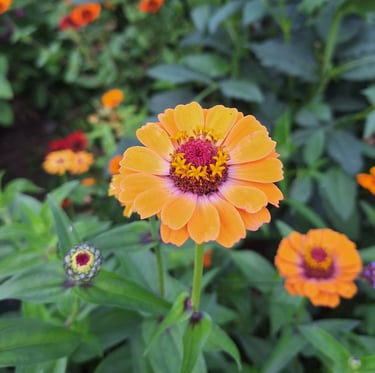


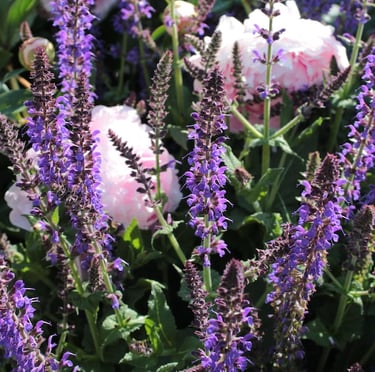

Salvia
Salvia, with varieties reaching up to 120 cm (1.3-4 ft), is a standout full sun annual plant for dry gardens. After growing it we found that it mostly likes well-drained soil and is a magnet for bees and butterflies similar to the Coneflower. Salvia's easy care and hardiness make it a great plant gardeners often choose gardeners.




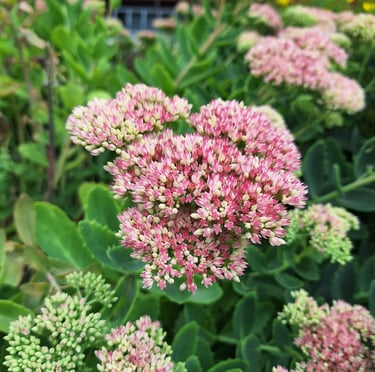

Sedum
Sedums have fleshy leaves and star-shaped flowers and are excellent ground cover plants or simply full sun bushes. Sedum, or stonecrop, comes in various sizes, typically around 10-60 cm (4-24 in). These bushes prefer well-drained soil and after growing we concluded that they can thrive in partial shade and can also be grown as drought tolerant plants for shade because of their adaptability.


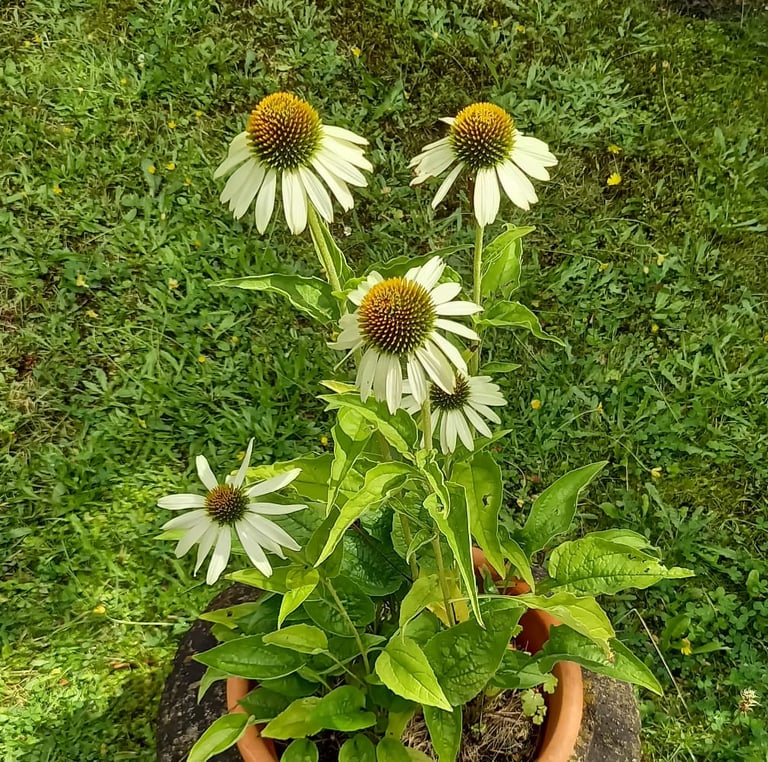

Coneflower
Coneflower, growing to about 60-90 cm (2-3 ft), is a sun-loving perennial suitable for zone 7 to zone 9. Its vibrant, daisy-like flowers attract butterflies and bees, while its seeds provide food for birds. The hanging basket full sun flowers are excellent for mixed borders, naturalized areas, or containers.



Zinnia
Zinnia, growing to about 30-100 cm (1-3 ft), is perfect for full sun and can handle drought conditions. Known for its unique flowers, they add a burst of color to any sunny garden. It's an excellent choice for cut flower gardens and attracts a variety of pollinators. Zinnias are easy to grow from seed, making them a popular choice for adding quick and vibrant color.








Gaillardia
Gaillardia, or Blanket Flower, reaching 30-45 cm (1-1.5 ft), thrives in full sun and well-drained soil. This perennial offers a long season of flowers in warm areas like Zone 8 and 9 plants. Gaillardia is particularly drought-tolerant, requiring minimal watering, and its bright blooms are great for attracting butterflies.



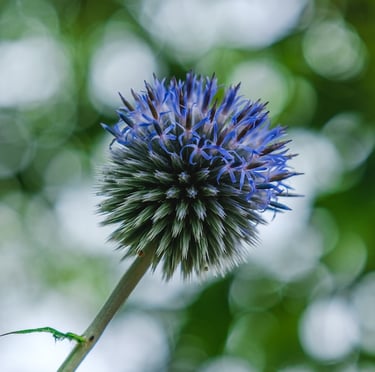

Globe Thistle
Globe Thistle, reaching up to 90-120 cm (3-4 ft), is a unique full sun, drought-tolerant plant. It features round blue thistle flowers that add beautiful interest to the garden. The perennial is easy to grow, attracts pollinators similar to the Zinnia and Salvia, and is ideal for adding height and a nice texture to borders.




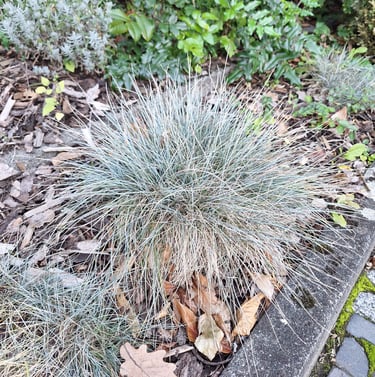

Blue Fescue is a dwarf full sun garden plant that reaches about 20-30 cm (8-12 in) in height and can be used as a drought-tolerant grass in full sun. After inspecting we saw that they have a distinctive blue-gray foliage that forms neat, compact mounds. The ornamental grass variety is perfect for adding color and texture to rock gardens, borders, or as an accent in xeriscaped areas.


Blue Fescue


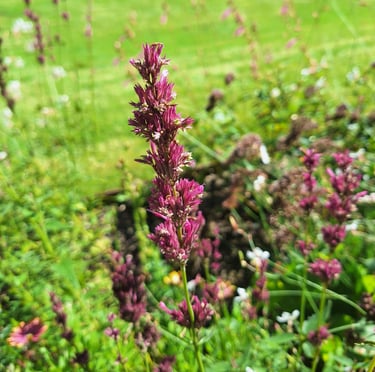

Lavender
Lavender has fragrant purple flowers and grows 30-90 cm (1-3 ft) tall. This full sun bush prefers full sun and well-drained soil. Lavender is celebrated for its calming properties and is widely used in aromatherapy and as an herbal plant for cooking. Its vibrant blooms bring beauty and a soothing aroma to gardens and most of them are hardy from full sun zones 5 and 6 to zones 8 and 9.


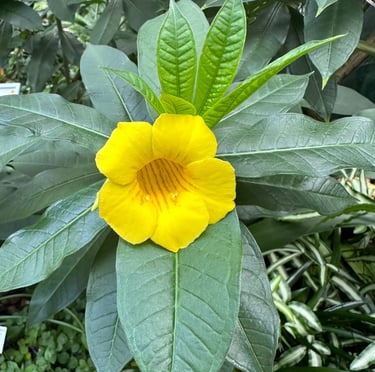

Golden Bell
These drought tolerant ornamental bushes called Golden Bell or Yellow Bell, reach 2-3 m (6-10 ft) and love full sun and well-drained soil. Its cascading branches with bright yellow flowers create a stunning display in early spring, making it ideal for fences and trellises.



Yucca
Yuccas are tropical and exotic plants that bring a vibe with their sword-like leaves and towering flower spikes. Growing up to 3 meters (10 feet) tall, Yuccas are low maintenance cactus plants that prefer sunny spots and a bit of neglect, making them perfect for a hassle-free garden with a tropical vibe. They thrive in hot conditions, making them a great July or June plant.






Sources
Nature and Sustainability uses only high-quality sources, including peer-reviewed studies, and other fact-dense and highly trusted sources to support the facts that we use in our articles. Please read our editorial policy to learn more about how we keep our content accurate, reliable, and trustworthy.
Crape Myrtle: Lagerstroemia (Crape Myrtle) | North Carolina Extension Gardener Plant Toolbox (ncsu.edu)
Meadow Cranesbill: Geranium pratense - Wikipedia
Himalayan Balsam: Impatiens glandulifera - Wikipedia
Share this article:




Article By:
Calin has been in the garden industry for 5 years and knows a lot about gardening and plants. He owns this website and is responsible for most of the content.
Reviewed By:


Florin, a more technical guy, is responsible for the design, reviewing the articles and making improvements, and optimizing for SEO so that everything we publish looks deam good.



